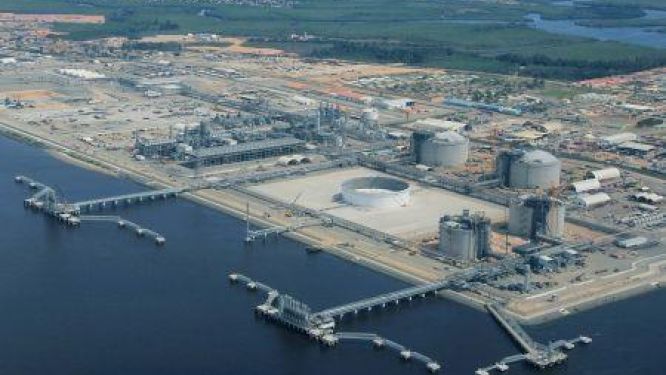
• Angola makes first standalone gas find at Gajajeira, part of new gas strategy
• Discovery supports LNG expansion and shift to domestic gas use
• Oil remains key; no development timeline announced yet
Angola’s announcement on July 12 of the Gajajeira gas field discovery marks a strategic milestone for the country. Drilled by the Azule Energy joint venture in Block 1/14 within the Lower Congo Basin, Gajajeira is Angola’s first well drilled exclusively for gas exploration.
This unprecedented development aligns with Angola’s ongoing broader energy strategy. It comes four months after the formal adoption of Angola’s National Gas Master Plan (NGMP) in April 2025. The NGMP serves as a roadmap to structure a domestic gas industry, secure supply, and increase gas’s share in the national energy mix to 25% in the short term, up from the current 7% to 10%.
Previously, natural gas production in Angola primarily came as associated gas from oil operations. Its use remained largely marginal, often limited to reinjection, where extracted gas is pumped back into oil reservoirs to maintain pressure, or, if not reinjected, it was flared.
With the NGMP, Angola has formalized a new strategic direction: to explore, drill, and produce solely from natural gas reservoirs. The plan specifically aims to reduce waste from flaring, ensure a stable supply to the Angola LNG liquefaction plant, and build local demand for power generation, petrochemicals, liquefied petroleum gas (LPG), and household use.
The state-owned Sonangol has committed to several key projects, including the development of the Quiluma and Maboqueiro gas fields. These two deposits reached a final investment decision in July 2022, with production slated to begin in 2026.
The Gajajeira field contributes to this momentum. Holding over 1,000 billion cubic feet of gas and up to 100 million barrels of associated condensate, it enhances Angola’s mobilizable resources and helps diversify exploration areas beyond traditionally oil-rich blocks.
Toward a Structured Gas Industry Complementing Crude Oil
The Gajajeira discovery strengthens prospects for a national gas sector capable of supporting both domestic demand and export capacity. It adds to potential volumes for the Angola LNG plant, which has a capacity of 5.2 million tonnes per year of LNG but remains partially underutilized. An expansion project, featuring a mini-train with a capacity of 3 million tonnes per year, is currently under review.
Nevertheless, this new gas trajectory does not challenge crude oil’s central role in Angola’s economy. Oil accounted for about 30% of Angola’s GDP in 2023, according to data from the African Development Bank (AfDB). The government intends to maintain oil production at around 1.1 million barrels per day through 2027, even as several oil fields have reached maturity.
Longer term, Angola plans to extend its gas infrastructure inland, convert its diesel power plants to gas, and develop a residential distribution network. Projects are also under consideration in the Kwanza and Benguela basins, reflecting a broader territorial and structural strategy beyond current discoveries.
While Gajajeira is a notable find, it remains modest when compared to major African gas projects currently under development. For instance, Greater Tortue Ahmeyim (Senegal–Mauritania), Coral South, and Mamba (Mozambique) have estimated natural gas reserves of approximately 15, 10, and 30 trillion cubic feet (Tcf), respectively.
As of now, no development timeline has been announced for the Gajajeira field. The Block 1/14 partners, Azule Energy (35%), Equinor (30%), Sonangol E&P (25%), and Acrep Angola S.A. (10%), have not yet made a final investment decision.
Abdel-Latif Boureima











Comments